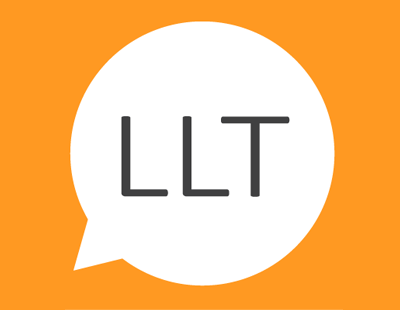
With alluring rental returns achievable and low-cost interest-only mortgages, otherwise deemed too risky for regular homebuyers, still available to landlords, buy-to-let continues to have plenty of momentum behind it that appeals to prospective investors, but there is growing concern that the sector is getting out of control.
Sir Jon Cunliffe, Bank of England (BoE) deputy governor, has expressed his concern at the rapid pace the buy-to-let mortgage market is growing.
He is worried that mortgage lenders are overexposing themselves to buy-to-let and lending money too freely.
Buy-to-let lending has increased by an average of 6% since 2008, but he acknowledged that it had shot up to 11.5% last year.
The deputy governor also highlighted the fact that but-to-let lending to landlords now accounts for more than 15% of all mortgages, up from around 8.5% in 2007.
With mortgage lending in the sector growing, he told the press this week that it is necessary to look carefully at whether lenders’ underwriting standards are falling and at what is happening “to the distribution of borrowers’ indebtedness”.
Cunliffe said: “At around the start of 2016, lenders were planning to grow their gross buy-to-let lending by, on average, almost 20% per annum over the next two years, with some challenger banks and smaller building societies planning to grow their buy-to-let books at a much faster rate.
“When some form of credit is growing fast one needs to look very carefully at whether lenders’ underwriting standards are slipping.”
In March, the Bank of England announced plans to introduce more stringent checks on buy-to-let lenders amid concerns that the property investment market is moving into bubble territory.
The Bank’s Prudential Regulation Authority said it was putting in place a “guardrail” to prevent banks from making risky loans, warning that 20% of lenders were not carrying out the necessary checks.
The main concern is that a bubble in the buy-to-let market could cause a wider housing market slowdown, which would be bad news for millions of people who have invested in property.
More than 1.7 million properties have buy-to-let mortgages, which represented 17% of loans used to acquire homes last year.
Mortgage lenders now have to take into account all the costs a landlord might have to pay when renting out a property as well as the borrower’s wider financial situation, including their personal tax liabilities and living costs.
We're excited to announce that we're working on building a shiny new website for readers of Landlord Today! As part of this process, commenting on articles will be temporarily disabled. We look forward to sharing our new and improved Landlord Today website with you shortly!






.png)

(1).png)





